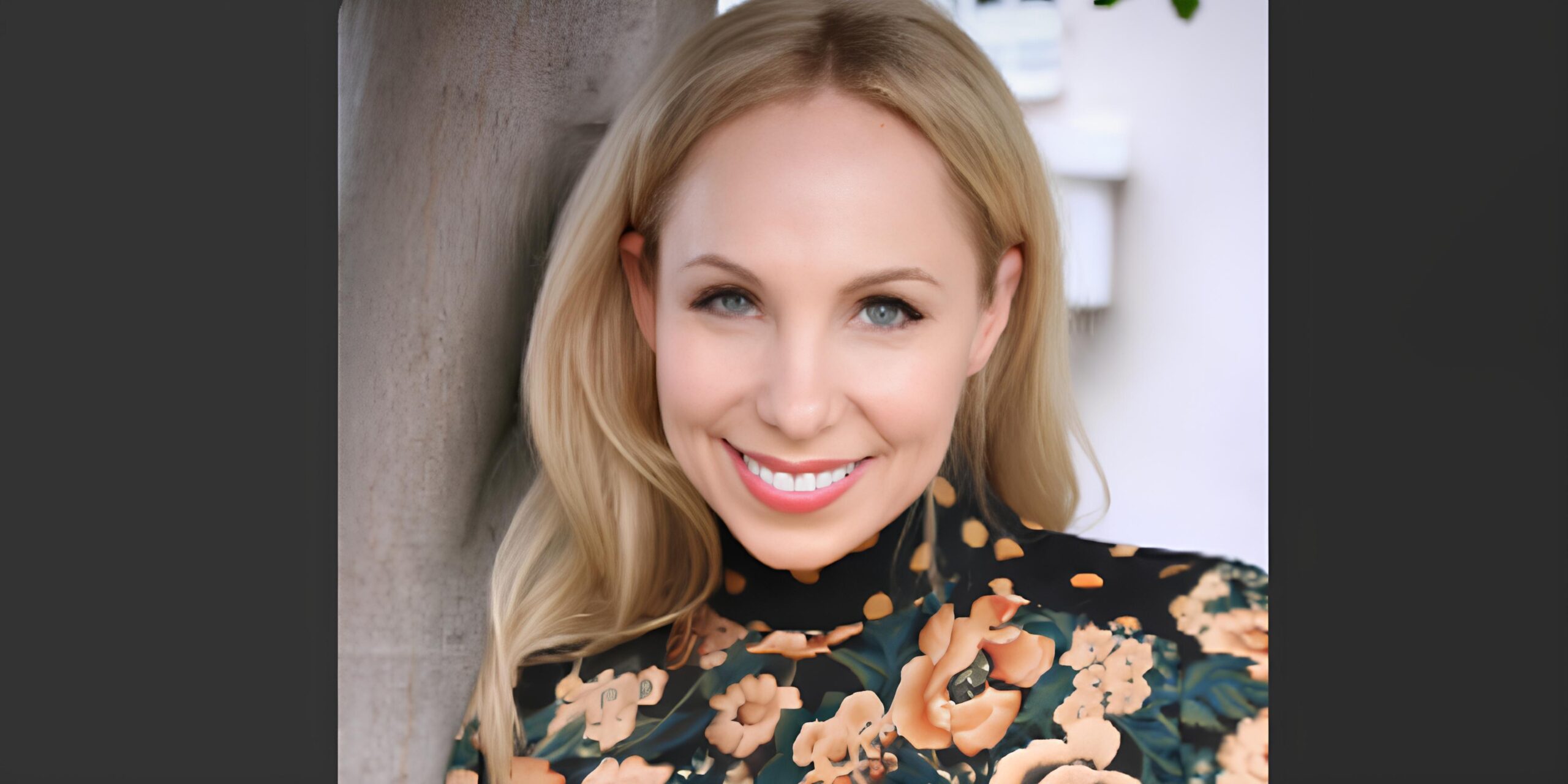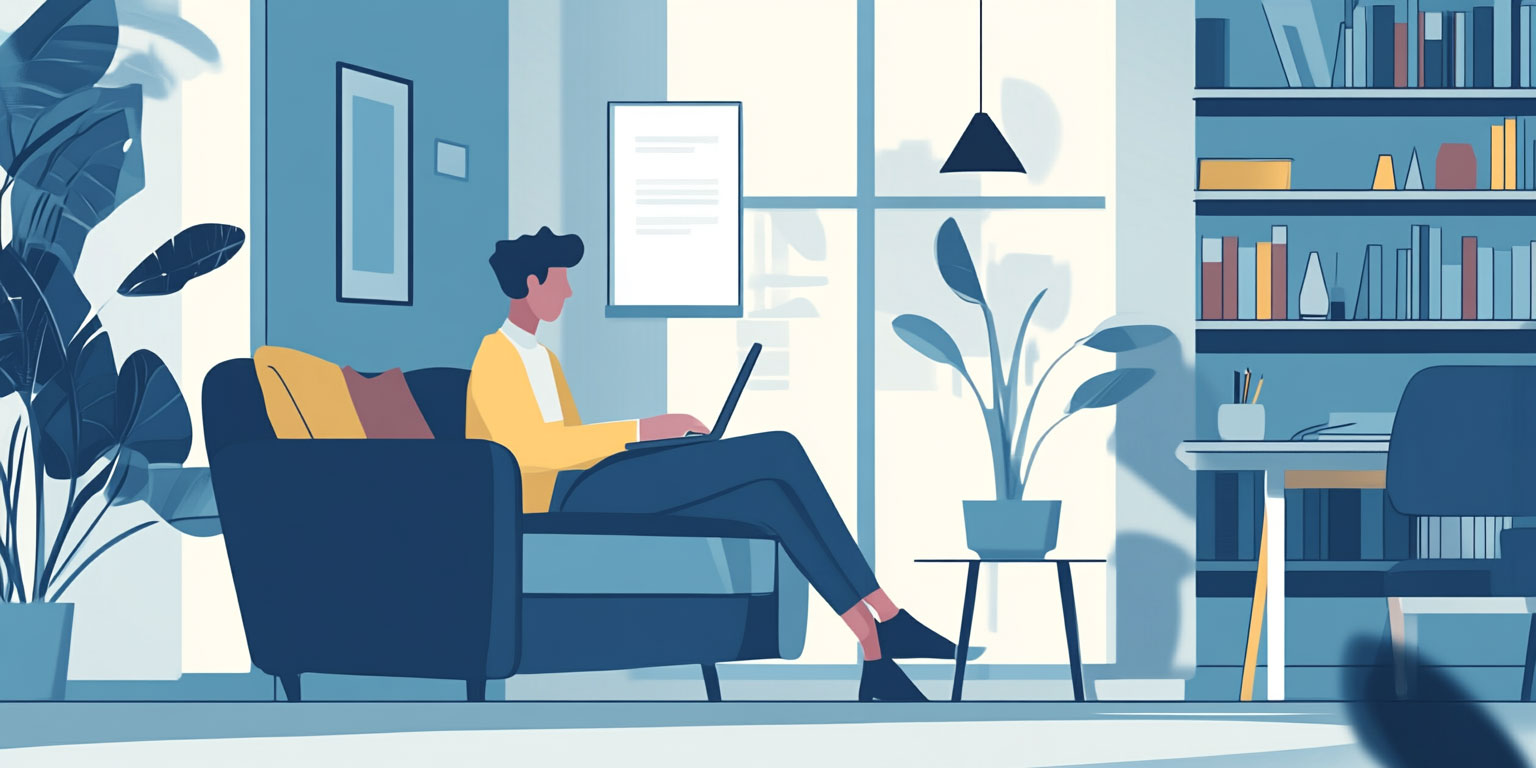Welcome to Media Matters, an exclusive interview series by Fublis, where we delve into the experiences and insights of media professionals shaping the architecture and design industry. From journalists and editors to writers and communication experts, Media Matters explores the pivotal role media plays in conveying the essence of architectural creativity.
In this edition, we feature Aishwarya Khurana, an architect, interior designer, and founder of Studio Dor, whose passion for design is matched by her dedication to architectural journalism. With a career that spans both creative design and writing, Aishwarya offers a unique perspective on the interplay between these fields. She shares her journey from architecture studies to building her independent practice, while also navigating the world of design journalism.
Join us as Aishwarya discusses her vision for Studio Dor, her advice for aspiring design journalists, and the evolving role of architecture journalism in today’s digital landscape.
What initially drew you to architecture and interior design as a field of study?
Aishwarya Khurana: The aesthetics of my home, along with those of my maternal grandparents’ and aunt’s home in Nagpur, have always been remarkable. Each of them has an exceptional eye for décor, from the choice of furniture to even the selection of bedsheets. Growing up surrounded by such refined taste naturally instilled an appreciation for good design in me from an early age. Being the only creative one in my generation further fueled my passion and led me to pursue studies in architecture and interior design.
How did your role evolve across the different studios you worked with, and how did that prepare you for starting your practice?
Aishwarya Khurana: I worked in architecture studios in Nagpur and Delhi, where I gained valuable experience working on a diverse range of projects, from residential homes to hotels, hospitals, and offices. I started as a junior architect and eventually progressed to a team leader in these firms. The story of how my independent practice began is quite interesting. In 2022, while still employed at a firm, I redesigned and renovated my husband’s office. A year later, a client of his, who was planning to design his own office, was impressed by the aesthetics of my work. That’s when I decided to take a leap, quit my job, and take on a 5,000 sq. ft. office project for the client.
The twist in the story is that after completing the interior plans, the client ran into financial difficulties and halted the project. Instead of being discouraged, this fueled my determination to take on more independent work—and that’s exactly what I did!
What inspired you to start writing for design magazines while active in architecture?
Aishwarya Khurana: After college, while working as a junior architect, I began exploring ideas for a side hustle to earn extra income. I realized that the design magazines and articles I enjoyed reading were likely written by individuals with a deep understanding of design. That sparked an idea—why not turn this passion into action?
Back in 2017, design writing wasn’t as prominent as it is now. I sent out cold emails to several architects and journalists in the field, hoping for a chance. One of them graciously offered me an opportunity to write for her design website, despite my lack of experience. Although I wrote those early articles for free, I found the process incredibly fulfilling and decided to continue pursuing work in this domain.
What challenges did you face when you first started in architecture journalism, and how did you overcome them?
Aishwarya Khurana: My challenges included identifying the right people associated with the magazines and websites I admired and convincing them to offer me freelancing opportunities. Additionally, determining the appropriate fee to charge was tricky. However, the key to overcoming these obstacles was persistence with cold emails and effective communication.
What motivated you to launch Studio Dor, and what vision will you achieve with this venture?
Aishwarya Khurana: I’ve always aspired to be my own boss, but I knew I had to wait for the right moment and opportunity. Designing my own projects is an incredibly fulfilling experience—equal parts exciting and challenging. Though it can be stressful, it’s the kind of stress I welcome.
At Studio Dor, my vision is to create homes that truly reflect each client’s personality, rather than simply following trends. “Dor,” meaning “thread” in Hindi, symbolizes our mission to weave together the homeowner’s dreams and reality. In the coming years, you’ll see Studio Dor’s beautifully curated homes all across Delhi NCR.
How does your dual experience in design practice and journalism influence how you manage and develop projects at Studio Dor?
Aishwarya Khurana: This is the question I get asked most frequently. While I explored both writing and design, many people advised me to choose one as my niche, warning against becoming a jack of all trades and a master of none. I chose to ignore that advice because both pursuits bring me joy—after all, isn’t happiness the key to life? Interacting with designers and writing about their projects expands my perspective on new styles and innovations, which in turn enhances my creativity. To maintain balance, I prepare a weekly schedule that includes my commitments to Studio Dor and my writing projects, and I do my best to stick to it. I view this as an advantage; when I experience writer’s block, I switch to designing, and vice versa!
What advice would you offer to budding architects and interior designers who wish to discover their path in the journalism niche?
Aishwarya Khurana: I believe this is an excellent time to pursue a career in journalism, especially within the design community. Architects have finally recognized the importance of communicating their designs through words. Those transitioning from architecture to design journalism have a unique advantage, as they possess both a design mindset and the ability to articulate it effectively.
There are numerous platforms available for freelance writing, as well as full-time opportunities in communication firms and magazines. My advice is to read widely and write consistently. Don’t hesitate to send cold emails or connect with professionals on LinkedIn.
One common mistake aspiring architects make is aiming to write for major magazines right away. Instead, focus on building a credible portfolio first—whether through unpublished articles on topics that interest you or previously published work—before reaching out to prominent publications.
How do you see the role of architecture journalism evolving in the future, and what opportunities might it present for new entrants?
Aishwarya Khurana: I’ve noticed a growing trend of architects transitioning to full-time journalism. This shift reflects a vital partnership between practicing architects and communicators, especially in today’s digital age. I hope this will lead to the emergence of more publications and even books on design that will enrich the community.
In what ways do you believe architects and designers can contribute to the broader design discourse through journalism?
Aishwarya Khurana: Architects and designers cannot thrive without journalism in today’s digital landscape. Journalism plays a crucial role in uniting designers by effectively communicating their work, which ultimately reaches their target clients through social media. Without this exposure, their designs may remain unnoticed, which is essential in the digital age. Architects can enhance this collaboration by recognizing the importance of journalism, compensating their writers fairly, and appreciating the skill involved in writing, as it is no easy task.
What personal or professional mantra do you follow to motivate and inspire yourself in such diverse roles?
Aishwarya Khurana: My mantra is to take it one day at a time. Create schedules and commit to them. Keep your focus on the end goal—a published article or a completed project. This perspective will make the journey worthwhile. Surround yourself with people whose journeys inspire you and engage with their work daily; it will fuel your passion. Most importantly, don’t fear making mistakes—everyone you know makes them.




